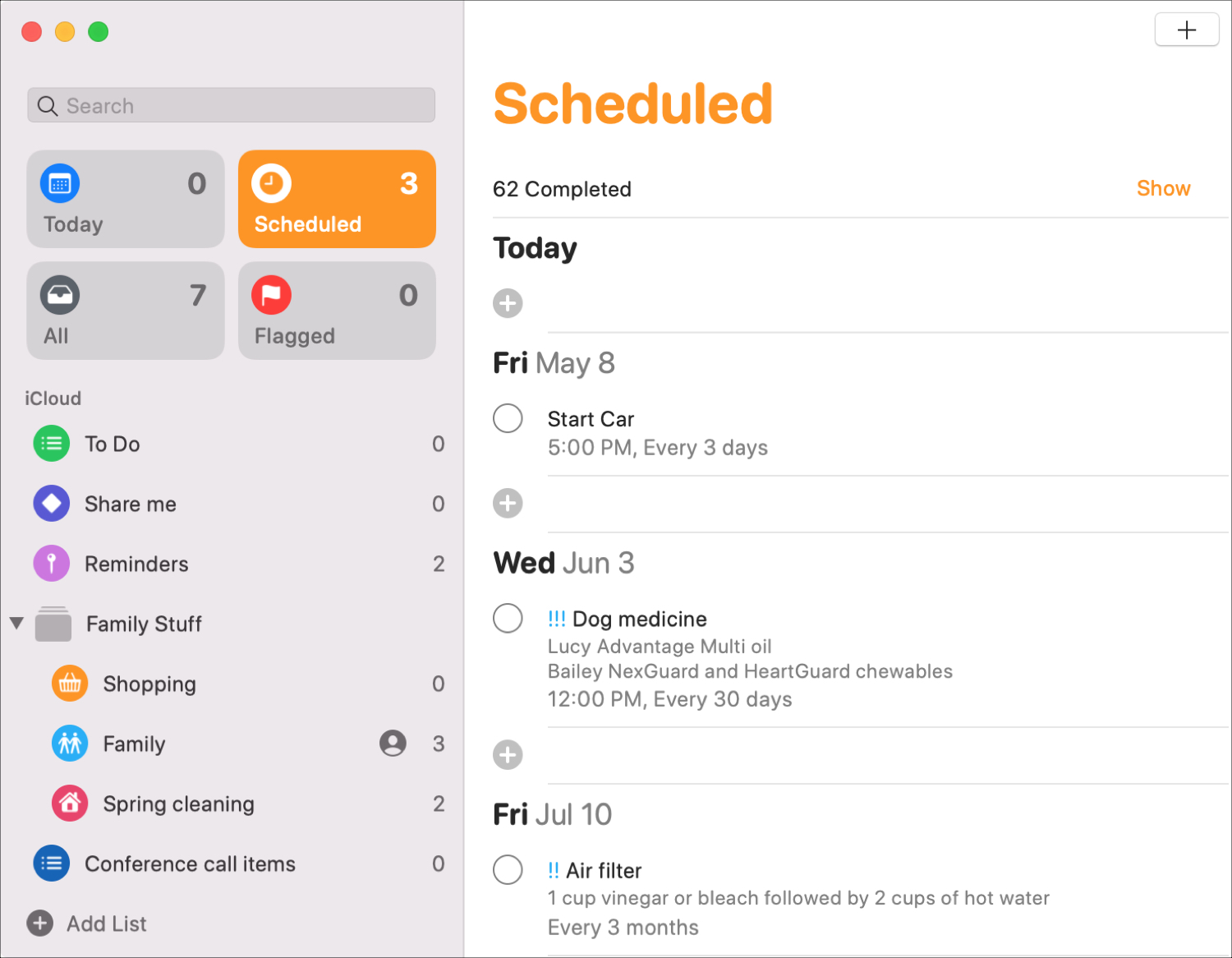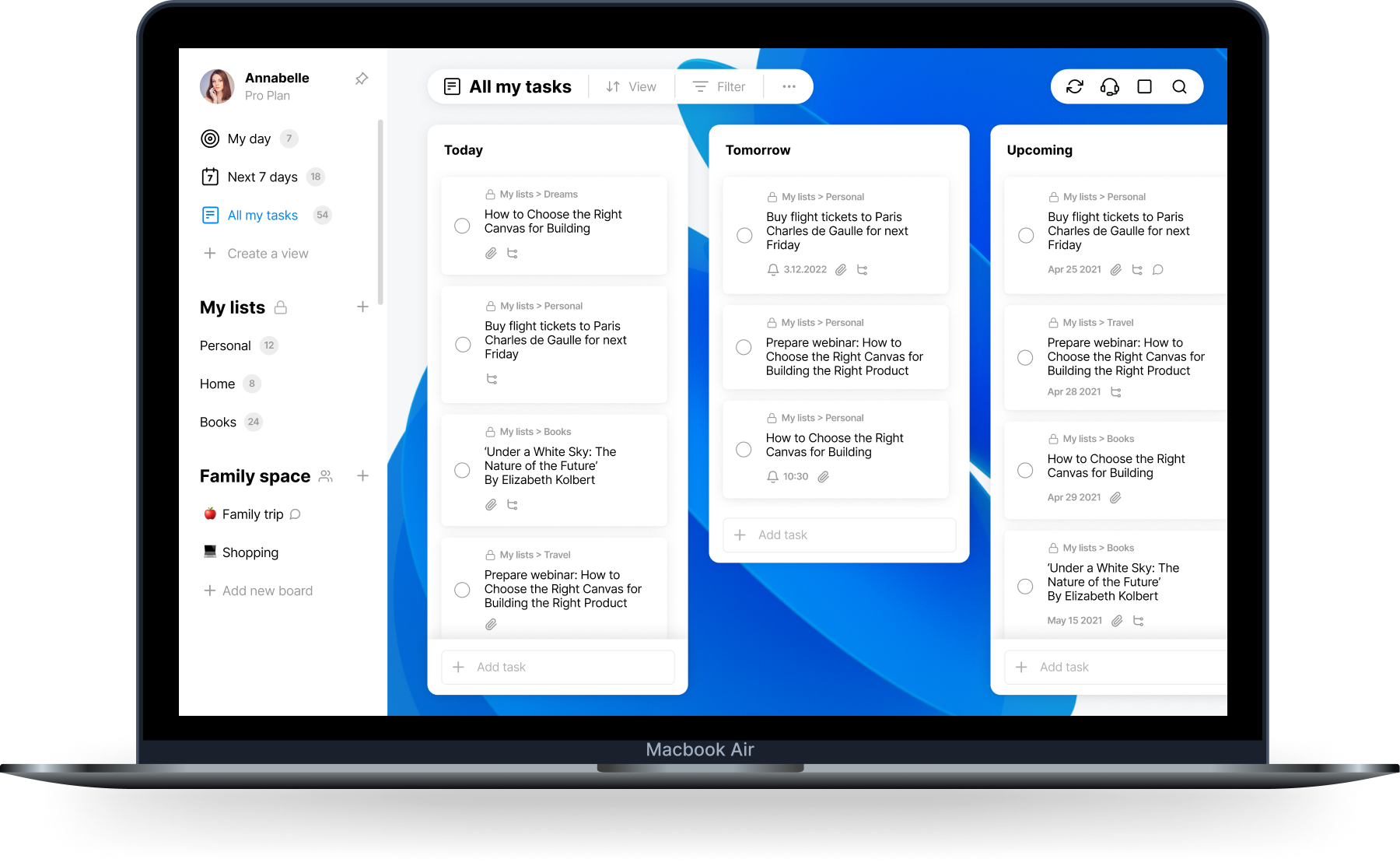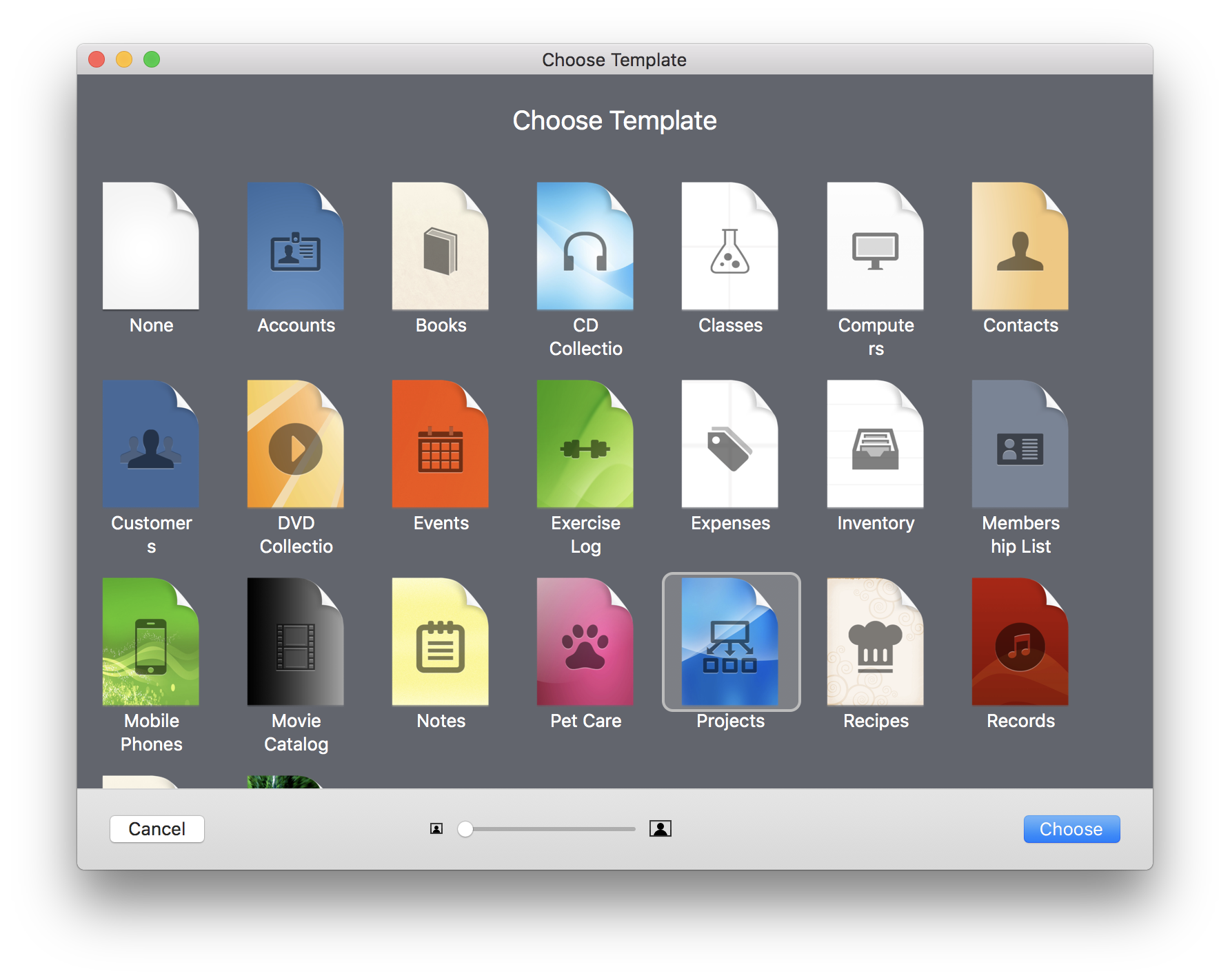
- TO DO APPLICATIONS FOR MAC FOR MAC
- TO DO APPLICATIONS FOR MAC FREE
- TO DO APPLICATIONS FOR MAC WINDOWS
To-do list apps tend to fall into two categories: the complex and the minimalist.
TO DO APPLICATIONS FOR MAC FREE
Microsoft To Do for the best free Mac to-do list app TickTick for a cross-platform option that feels native to the Mac TaskPaper for a text-based list for managing tasks with only your keyboard GoodTask for making Reminders more powerfulĢDo for a fully customizable to-do list with multiple syncing options Reminders for a simple option for Apple-only users
TO DO APPLICATIONS FOR MAC FOR MAC
Todoist for Mac users who need to sync with other platforms Things for a blend of powerful features with elegant design All offer free trials of some sort, so try out anything that looks useful to you. With these criteria in mind, here are the best to-do list apps you can find for macOS. Offer a clean interface, with native macOS features like notifications, widgets, and integration with the menu bar. Make it fast to add new tasks without opening the app, ideally using a keyboard shortcut. Offer multiple ways to organize tasks, such as tags, lists, due dates, or projects. In my opinion, the very best Mac to-do lists apps need to do five key things: Which one you prefer may well boil down to personal taste.

There's an incredible range of options out there, all looking to serve different kinds of users. I thought about all of these things while I tested every macOS to-do list app I could get my hands on. That disrupts your workflow, which defeats the entire point of productivity software. Applications that don't feel like they were designed for macOS are distracting because things like keyboard shortcuts, notifications, and menus don't work the way they do in other applications. They, perhaps more than users of any other platform, are picky and expect things to look and work a certain way. You can simply click on “Applications” in the sidebar to open your default Applications folder, which contains icons for each app on your system.And it's particularly hard to make Mac users happy. The Applications folder isn’t hidden and hard to access like Program Files is on Windows. You can launch Finder from the Dock, or you can click on your Desktop and press Command+N to open a new Finder window. It lets you browse all your files and launch applications directly. The Finder is macOS’ version of the Windows’ File Explorer. You can also use Spotlight to search for many other things as well it’s a very useful part of macOS. The app should launch or take you to it if it’s already running.

The Launchpad should be the 3rd icon in the Dock, a gray icon with a rocket ship. If you have an app running, you can force it to stay in the Dock by right-clicking (tap with two fingers on a touchpad) the icon, hovering over “Options” and selecting “Keep in Dock.” From Launchpad Removing an app from the Dock does not delete it, and you can still launch it in other ways. You can drag the applications around to change the order, you can drag an application out of the Dock to remove it, and you can drag one into the Dock to pin it there.

The Dock is designed for you to customize. You can click on any running app to automatically bring that app to the front. If the app is running, you’ll see a small white dot underneath the icon.

You can click on any of these icons to launch the app. It also shows notifications for each app and apps that need your attention will start bouncing.
TO DO APPLICATIONS FOR MAC WINDOWS
It’s a lot like the Windows taskbar, containing an icon for each running app, except the macOS Dock comes with many default apps already pinned to it. The Dock is by far the simplest way to launch applications on macOS. Even though they’re different, the tools on macOS are user-friendly and designed to make the process simpler. For new macOS users transitioning from Windows, the way you launch applications might be the first difference you notice.


 0 kommentar(er)
0 kommentar(er)
